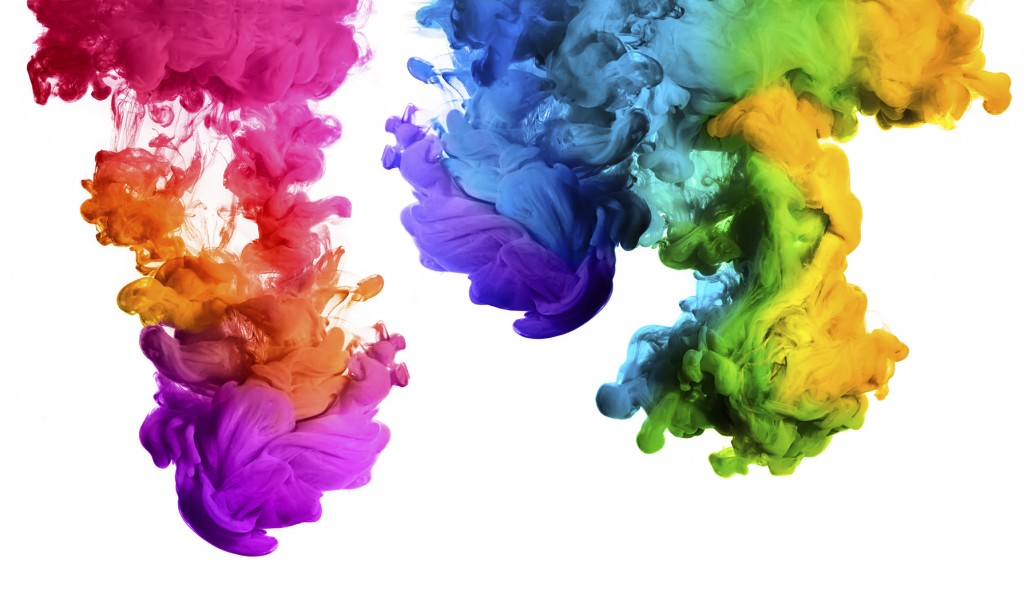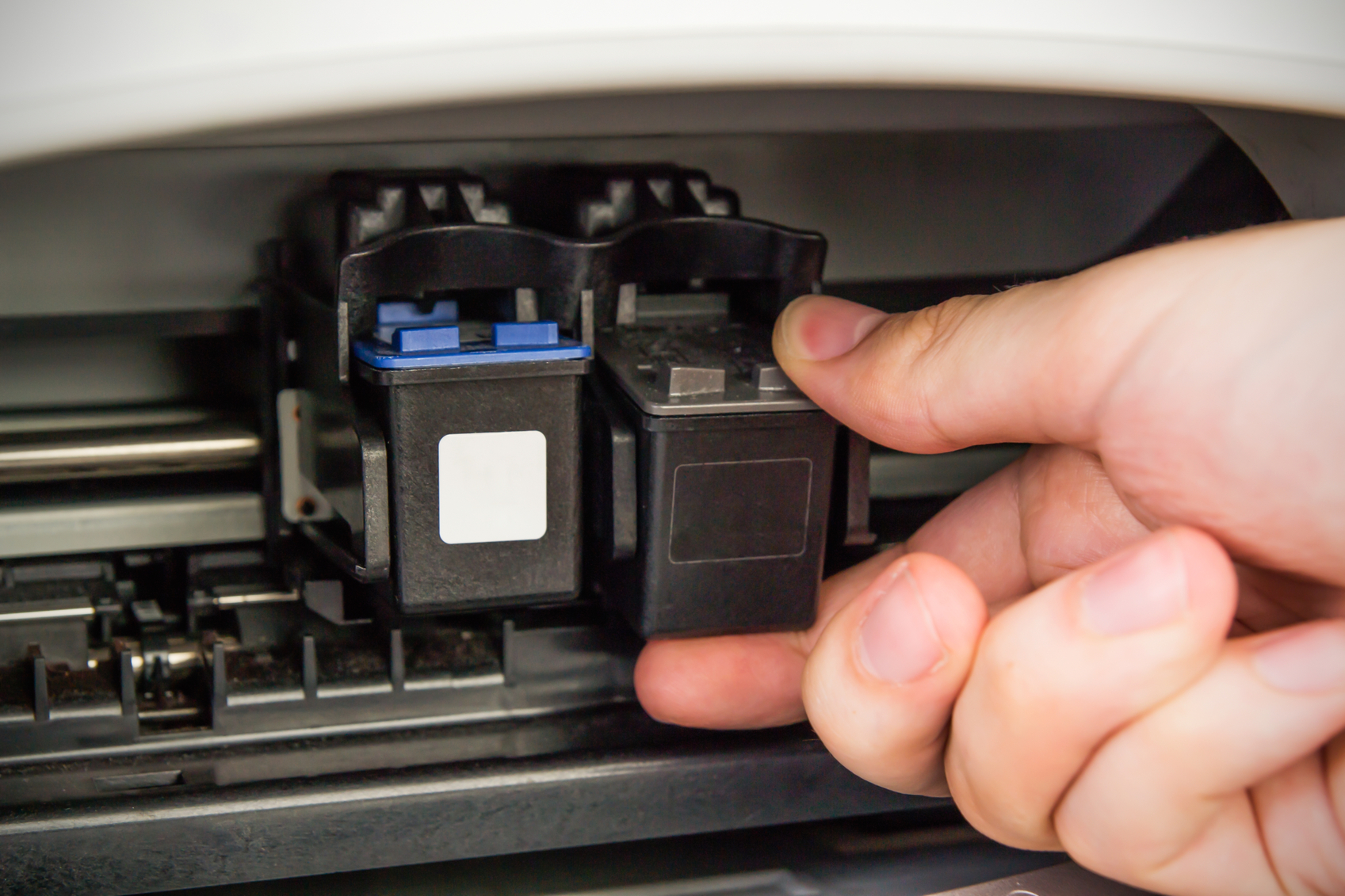How Is Printer Ink Made?

Last Updated on January 15, 2025 by Christian Ralph
What is printer ink made of?
Ink is a liquid or paste that contains pigments or dyes. Pigments give ink its colour and they can come from a variety of sources containing nitrogen compounds – commonly known as dyes. In printers, ink is used to produce copies of digital text or images.
Over 90% of inks that are produced are printing inks, in which colour is imparted by pigments rather than the dyes used in writing inks.
How is printer ink made?
Ink is made with a combination of ingredients including varnish, resin, solvents, pigments, and additives including waxes and lubricants. Black ink is made using carbon black pigments, and white pigments like titanium dioxide can be used to lighten other ink colours.
Varnish is a clear liquid that is the base of any ink. Different varnishes are made for different inks, but they are all made by mixing the resins, solvents, and additive, often at high temperatures, to form a homogenous mixture.
Resins, which bind the ink ingredients together, react with each other and make the varnish more viscous. Pigments are then mixed into the varnish and ground down to break up any clumps so that the colours are spread evenly through the ink.
You can see the amazing ink manufacturing process here, courtesy of The Printing Ink Company.
How are the different colours formed?
Traditional printers use four main colours of ink: cyan, magenta, yellow, and black. These colours, when mixed together in different proportions, can make the whole spectrum of colours that is needed to print in full colour.
Some high-end photo printers also often incorporate additional inks, such as light cyan, light magenta, or grey, to improve image quality and accuracy of colour reproduction.
Why is printer ink so expensive?
The price of printer ink has been well documented over the years.
The extensive technology and research involved in the development of cutting-edge printer inks are a key reason to printer inks’ relatively high price. All of Printerland’s cartridges go through vigorous testing processes by their respctive manufacturers to ensure the highest of printing standards, safety and performance are observed.
Purchasing a printer and buying genuine manufacturer ink or toner cartridge replacements is the best way to ensure that your machine lasts longer and operates to the best of its ability. Although this may seem like the more expensive option, it will save you money in the long run. Learning how to get the most out of your ink cartridges will help you to manage the money that you spend on ink.

How is ink different to toner?
Both ink and toner are used for home and business printing, however the way they are applied to surface of the paper is different.
Ink is a liquid tinted with pigments and dyes, used in inkjet printers. There are two types: dye-based (colourants dissolved into liquids) or pigment-based (fine powder suspended in liquid).
Inkjet printers spray tiny drops of ink through miniscule nozzles onto paper to create a hardcopy of digital documents or images.
Traditional inkjet printers typically incorporate a 4-ink cartridge design consisting of cyan, magenta, yellow and black inks. This combination is commonly known as CMYK.
These highly pigmented inks are then precisely blended to recreate a wide colour palette.
Toner, on the other hand, is a very fine powder made from polyester, a type of plastic. In a laser printer, the laser creates an electrostatic template of your image on a rotating metal drum, which carries an electrical charge.
A cartridge dispenses toner onto the drum, but the toner adheres only to certain areas where the laser changes the drum’s electrical charge.
The powdered toner is then passed into the fuser unit which uses high levels of heat and pressure to melt the toner particles and fuse them directly onto the surface of the paper.
Benefits of inkjet printing
Inkjet printing and the inks they use offer several benefits when it comes to producing high quality prints.
Highly pigmented inks are perfectly suited to photographic printing thanks to their ability to recreate vivid colours.
Another benefit of using ink compared to toner is significantly reduced start up times. The free-flowing properties of ink mean zero warm up time is required. Whereas laser toners require a warmup time to melt the powdered toner particles, inkjet printers can print practically instantly.
The lower internal temperatures required during the inkjet printing process also mean that inkjet printing is significantly quieter when compared to laser printing.
Inkjet printers also tend to be considerably smaller compared to equivalent laser models. This makes them a great choice for work environments where space is at a premium.
Ink Tank Printers
Ink tank printers offer an economically friendly alternative to traditional inkjet printers.
With the ability to reduce printing costs by up to 90% compared to conventional inkjet printers, ink tank printers can deliver the same high-quality printing at a fraction of the price.
Whereas traditional inkjet printers use a 4-cartridge set-up with cartridges being disposed of when they are empty, ink tank printers feature large refillable tanks which can be replenished with bottled inks.
The large ink tanks allow for far higher capacities when compared to cartridges, meaning users can enjoy higher volumes of printing between replenishments and far lower cost per page printing costs.
Ink tank printers also significantly reduce packaging waste making them a great option to help reduce carbon footprints.
Buying Inks with Printerland
Printerland stocks a broad range of ink cartridges from a variety of leading printer manufacturers including Epson, Brother, and HP.
We only stock genuine, manufacturer-approved and fully tested ink cartridges which have been expertly designed to complement your printer and deliver the best possible printing results.
So now you know the processes involved in the production of printer ink. If you need any support on which printer consumable is best for you, don’t hesitate to give our expert team a call on 0800 840 1992.

Leave a Reply